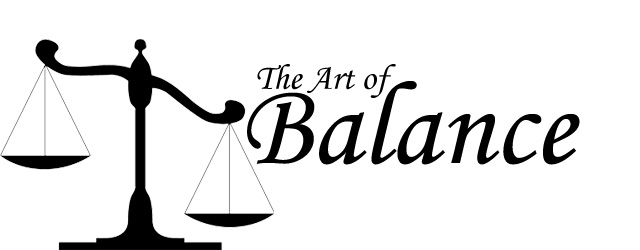
The science of RSS is based upon the principle that to stand upright, your body is playing an ever constant balance game with itself. While many trainers talk about stability as a generic function, you’re being introduced to a much more refined perspective with this philosophy.
In reality, your body has two separate systems that continuously function to keep you upright. With your muscle system and your skeletal system working together, they subconsciously synchronize your stability as you move. It’s a process which many take for granted, and few realize that it can be a source for greater movement, let alone manipulated to an athletic advantage.
Your balance results in the equation of how much energy each side utilizes to remain upright. The choice lies with your brain, and how much it wants to rely on muscular energy to function and on joint friction as means to conserve muscular energy in standing.
What makes RSS unique is its ability to allow the athlete to manipulate and shift his natural balance point. It can shift from being equally controlled by skeletal and neural systems, to being completely reliant on muscular control to stand and move.
The goal of RSS is to erase the resistance of your skeletal system from the energy usage equation, allowing for much quicker reaction abilities for any athlete who integrates it. The rewards for doing so are exponentially stronger towards application of one’s own strength development.
This concept is actually very simple. All it takes is a very fine line to begin learning the principles of RSS balance and utilizing them in your own routines.
I call it the masking tape exercise. Of course it doesn’t require it, but it does require a precise line anywhere you can find. Since I usually do this in dance studios of gyms, I bring my own tape to make a line on the floor for both my client and myself.
The point is that you’re going to be starting barefoot, and the line exercise is to define for you the central axis of your foot in lateral movement. If you are a certified trainer, my joke is that you’re trained mostly in how the body functions from the ankles up. However, a few of us get trained in how the body functions from your ankles down. So consider this a unique lesson in anatomy.
The goal of doing this barefoot is crucial, so please don’t skip that component.
You’ll start the exercise by placing the middle of your ankle over the line and rotating the foot so that the line extends forward under your second toe (the index toe) from the big toe. This is the functional midline of your foot and is a crucial balance axis to understand and be able to control.
The most common mistake new clients make is to put the midline underneath the middle toe for balance, so it’s important that you make sure it’s placed properly under the index toe to divide your foot in equal balance function.
Your second foot is to be placed in the same position on the line with one distinction: the heel of your front foot will be touching the toes of your back one on the line. If you can be sure of proper placement, the rest of this will start to make better sense.
The next step is what makes this a little unique: after your feet are crisply inline and balanced on their natural axis, allow your body to lower closer to the floor. Lower until you can roll your back knee behind the front one. While everyone is different in physical stature, it’s the forward tilt of the pelvis that will make this neutral posture as comfortable as possible.
I’ve had clients tell me that this posture makes them have a higher respect for a talented circus high wire performers, and there‘s an element of truth to the observation. The trick is to hold your shoulders back and experiment with your upper body and forward hip position to create the most comfortable position to balance properly.
Your test of accomplishment is this: if you were to stand in front of a mirror, an imaginary line should be able to be drawn extending downward from the tip of your nose, through your belly button, through the center of both your knees, and finishing with both ankles and index toes perfectly inline.
While anatomy books describe the mid-sagittal plane as the perfect divider of our anatomical features, it misses a step in refinement towards how we balance. The straight line mirror measure described is visually proves that your body—both halves—is perfectly balanced in physical weight distribution.
What you should notice is how uniquely challenging this position is to maintain. While seemingly easy to do in print, what I hope you discover is how this posture alone changes how you use all of the muscles in your legs and torso to maintain stability.
For those of you who practice yoga or dance, I think you’ll be the ones to get this most quickly. As to the traditional gym rat, the position might take a little more confidence to get used to. But as you wobble on that line, I hope that you’ll enjoy being introduced to a very radical view of balance training.
I’ll make things easy and start here: Simply become comfortable with an instability element in your standing mechanics.
Everything else that RSS offers towards improving physical performance is based upon your understanding and comprehension of the balance skill’s existence for you.
After you get comfortable with this concept, I suggest you try incorporated this position with any of your standing weight training routines.
Play around with it, and I’ll look forward to your experiences.
Explore and enjoy…










